Battery Quality Crisis: Can We Trust the Future of Batteries?
Can Batteries Keep Up With the Electrification Boom?
A recent perspective article titled “Challenges and Opportunities for High-Quality Battery Production at Scale” reveals a growing concern in the battery industry. As the demand for electric vehicles, energy storage systems, and portable electronics continues to skyrocket, battery manufacturers are racing to increase output. However, this rapid scale-up has introduced a new set of challenges.
Manufacturing batteries at gigafactory scale introduces an immense amount of complexity, especially when it comes to maintaining quality. Each lithium-ion cell must meet precise design specifications. Even the smallest deviations, such as a minor fold in a separator or a microscopic particle contaminant, can lead to catastrophic failures. These problems are not just technical nuisances. They can cause battery packs to fail, start fires, or force massive recalls, which damage both reputation and bottom line.
The authors of this article argue that if the battery industry does not place greater emphasis on quality control, the entire electrification movement could be at risk. Their perspective is rooted in experience and data from the field. It offers both a warning and a roadmap for companies seeking to scale battery production without compromising on reliability or safety.
Key Highlights
Battery quality is one of the biggest obstacles facing large-scale manufacturing today.
Microscopic defects can result in major safety events, reliability problems, or product recalls.
Batteries fail in three main ways: performance degradation, functional failure, and safety incidents.
The cost of poor quality is measured in lost revenue, brand damage, warranty claims, and sometimes human harm.
Many defects are latent and undetectable during production. They appear only after batteries are in use.
Cell-to-cell variability, even within the specification range, can degrade pack-level performance.
Current inspection methods are not sufficient to catch all relevant failures.
Improvements in inspection, process design, and data analytics offer promising ways forward.
The article provides a framework to manage quality at scale while balancing cost and performance.
The Laboratory Roll-to-Roll Coater is the ideal coating machine for scaling up to roll-to-roll processing of battery electrode materials or for testing and optimizing battery electrode slurries.
What Is Battery Quality and Why Does It Matter?
Battery quality refers to how consistently a battery meets its design requirements and performs safely over time. It has two key dimensions. The first is the defect rate. This includes physical flaws or contamination introduced during manufacturing. The second is conformance, or how closely a product adheres to its design targets across large volumes.
Defective batteries can lead to two types of critical failure. First is a functional failure. This happens when the battery cannot perform its intended role. It might be due to a broken connection inside the cell, a short circuit, or swelling. Second are safety events. These include fires, toxic gas leaks, and in worst cases, explosions.
High production rates amplify the risk. A large battery plant can produce millions of cells per week. At this scale, even a defect rate of 0.01 percent can lead to thousands of potentially dangerous batteries entering the market.
Adding to the challenge is the fact that many defects are latent. They might not cause immediate issues during quality checks. Instead, they slowly degrade the cell or trigger failures after months of use. The Chevrolet Bolt recall is one example where two small defects, a torn electrode and a folded separator, combined to create a dangerous situation.
Battery quality, therefore, is not a luxury. It is a non-negotiable requirement for building safe, effective energy systems at global scale.
The Significance of the Perspective
This article stands out because it shifts the conversation from battery chemistry to battery manufacturing. Much of the industry’s focus has been on improving energy density or cycle life through new materials. However, the authors argue that production quality may be the more urgent barrier to success.
Poor battery quality has already led to costly product failures. High-profile fires involving electric bikes in New York City, issues with medical devices, and airline battery fires have prompted regulatory action. These are not isolated incidents. They are signs that the industry’s safety margins are too thin.
The perspective also highlights how manufacturers often face trade-offs. Improving quality can increase costs or slow production. At the same time, prioritizing speed or yield can compromise safety. These tensions must be carefully managed, especially as newer battery chemistries and designs are introduced.
Perhaps most importantly, the article suggests that industry-wide solutions are necessary. Standards for quality, failure modes, inspection techniques, and data analysis will help create a shared language. This collaboration can accelerate improvements and reduce the risk of repeating past mistakes.
Diving Into the Methods: How the Authors Analyzed the Problem
While this is not a traditional experimental study, the article presents a robust analytical framework. It begins by categorizing battery failures into three types: performance degradation, functional failure, and safety events. Each type is described in terms of its causes, impact, and detectability.
The authors explore common failure mechanisms such as lithium plating, separator damage, weld defects, and contamination. They provide examples of how these can lead to short circuits, open circuits, or dangerous thermal events. They also explain how variability in cell structure or material distribution can increase the likelihood of these failures.
Statistical models are used to illustrate how small changes in defect rates or variability can have large effects at the pack level. For example, if one out of every thousand cells fails, and a pack contains 8,000 cells, the chance of pack failure becomes unacceptably high.
Finally, the article examines a range of diagnostic techniques. These include acoustic testing, X-ray imaging, vision systems, and electrochemical tests. Each method is evaluated based on cost, speed, spatial resolution, and ability to detect latent defects.
This comprehensive approach makes the article a valuable resource for engineers, factory managers, and decision-makers in battery manufacturing.
Roll-to-roll processing is perfect for scaling up fuel cell production.
Managing Quality in Production: Strategies That Work
The authors identify four main strategies for managing battery quality on the production line.
The first is to adjust the specification limits. In some cases, widening the range of acceptable values can help improve yield. However, this can backfire if it leads to reduced safety margins or product performance. The key is to balance the needs of downstream users, including module designers and end customers.
The second strategy is to redesign the product to be more tolerant of variation. For example, increasing the thickness of separator material or reducing the energy density slightly can improve safety. This may reduce performance or increase costs, but it makes the product more resilient to manufacturing variation.
The third approach is to tighten the manufacturing process itself. This involves improving process control, better calibration of equipment, and reducing variability. While ideal in theory, it can be costly and time-consuming in practice. It may also require redesigning parts of the production line.
The fourth and most promising path is to improve inspection techniques. The article discusses advanced imaging methods such as 3D X-ray CT scans that can detect internal defects with high resolution. These tools are becoming faster and more scalable. Coupled with machine learning, they could enable real-time detection of defects before products leave the factory.
Overall, the best results come from combining these strategies. There is no single fix. Quality must be built into every part of the process, from design and sourcing to manufacturing and inspection.
Your coating process is only as good as the slot-die head that delivers it. Our guide helps you evaluate your needs and choose the right slot-die head for optimal quality, efficiency, and cost-effectiveness. Read the selection guide here.
Looking Ahead: What This Means for the Industry
As battery production expands, the industry faces a critical choice. It can continue to scale rapidly and accept higher risks of failure. Or it can invest in quality systems that ensure long-term success.
The authors suggest that improving quality will not only enhance safety but also support sustainability. Better quality means less waste, lower scrap rates, and longer product life. It also improves public trust, which is essential for wide adoption of battery-powered systems.
There is also a growing role for regulation. Battery passports, safety certifications, and counterfeiting prevention are likely to become more common. Rather than resisting these changes, manufacturers can use them as a framework for improvement.
Finally, data will play a central role. Inspection tools generate huge volumes of information. When combined with production data, this can be used to find patterns, detect anomalies, and prevent future failures. Artificial intelligence may help accelerate these insights and close the loop between manufacturing and field performance.
Conclusion
The article “Challenges and Opportunities for High-Quality Battery Production at Scale” offers a sobering but constructive look at the future of battery manufacturing. It makes the case that quality is not a secondary concern. It is a core requirement for safe, reliable, and sustainable electrification.
For industry leaders, engineers, and policy makers, this perspective provides valuable guidance. It outlines not only the risks but also the tools and strategies that can reduce them. With the right investment in quality systems, the battery industry can meet its ambitious goals and support the global energy transition safely and effectively.
Authors
Peter M. Attia
Eric Moch
Patrick K. Herring
Get Professional Support for Your Battery Coating Needs
Need help with slot-die coating, coating machines, or any related applications?
Contact infinityPV’s experts today for professional guidance and support.



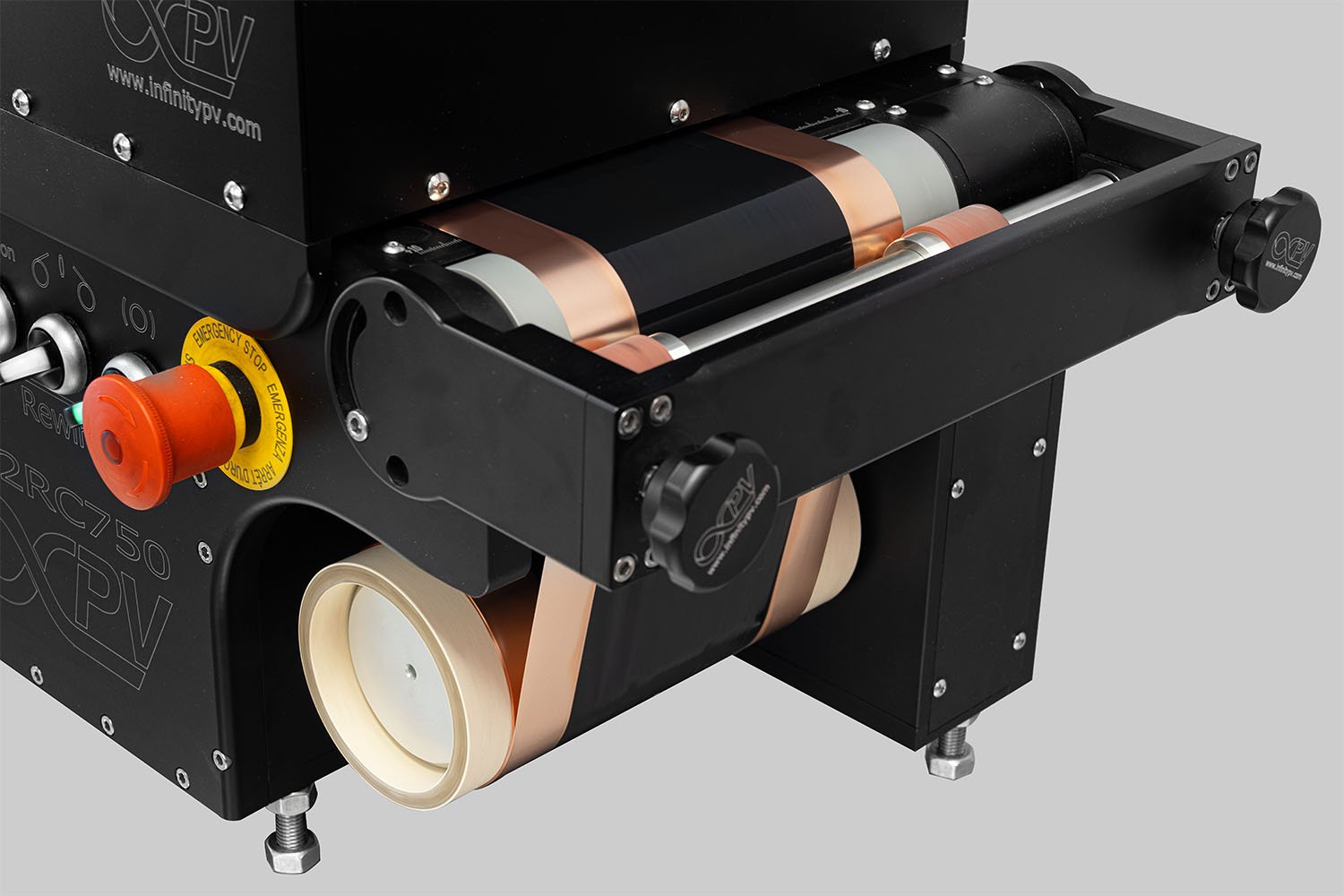

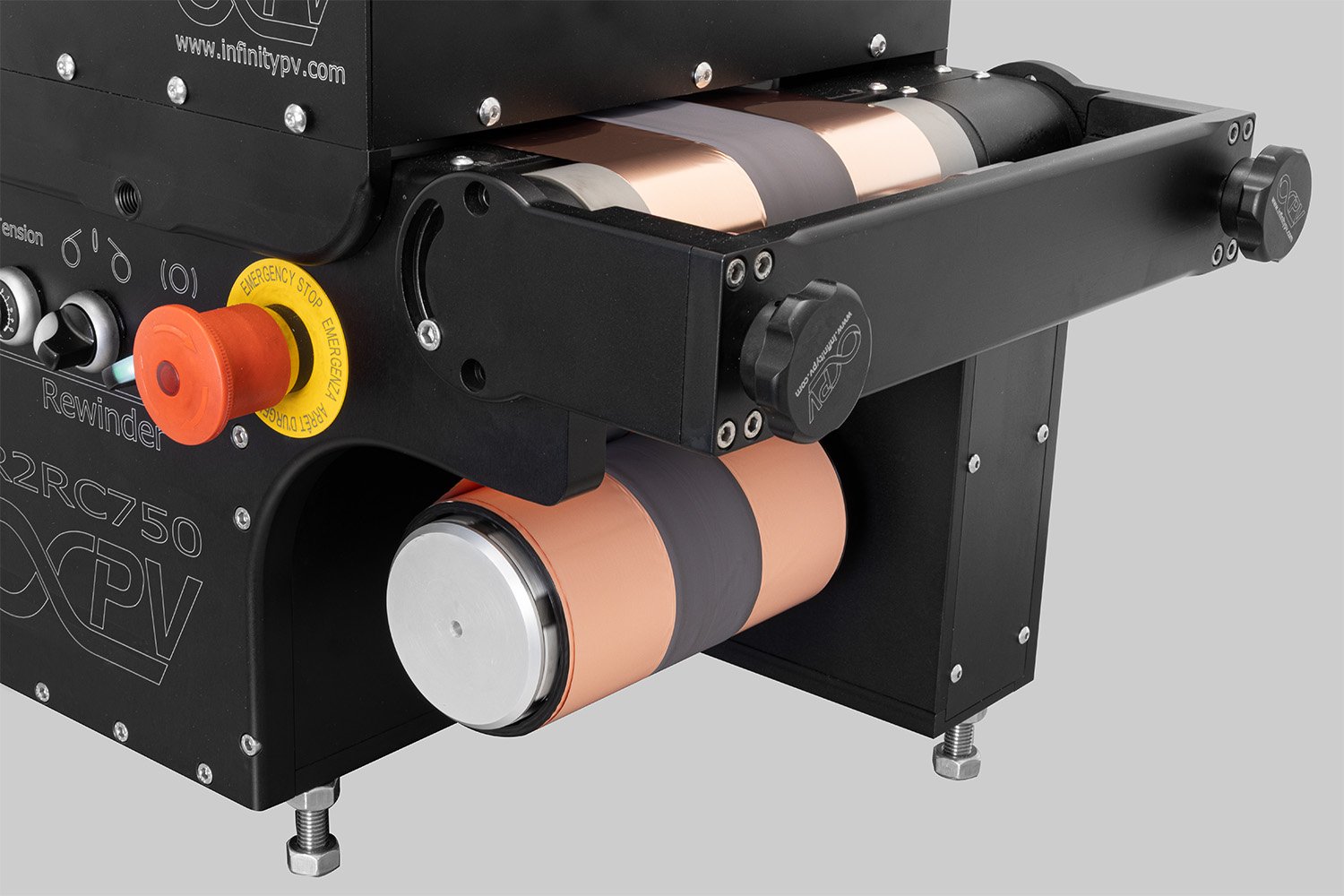


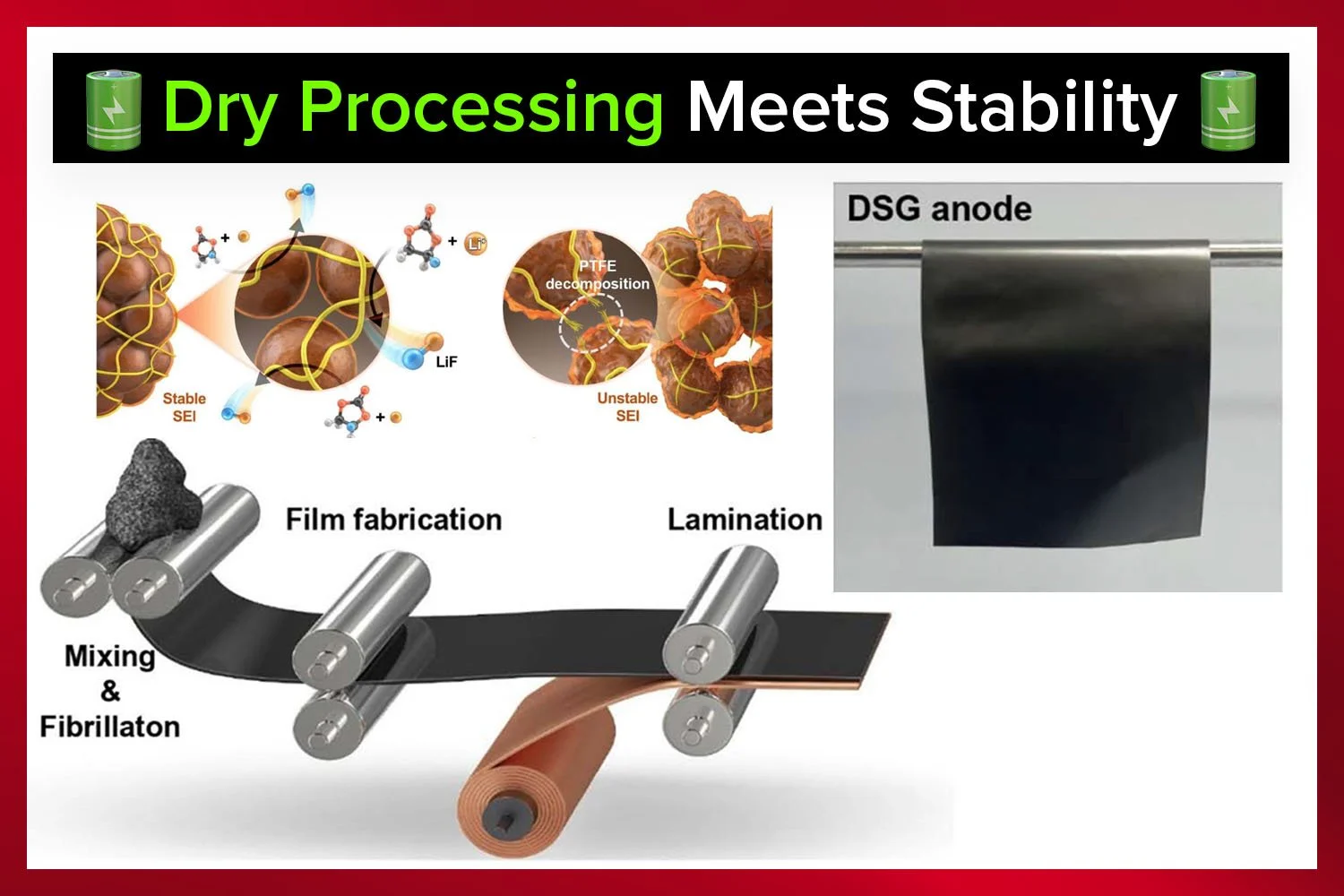
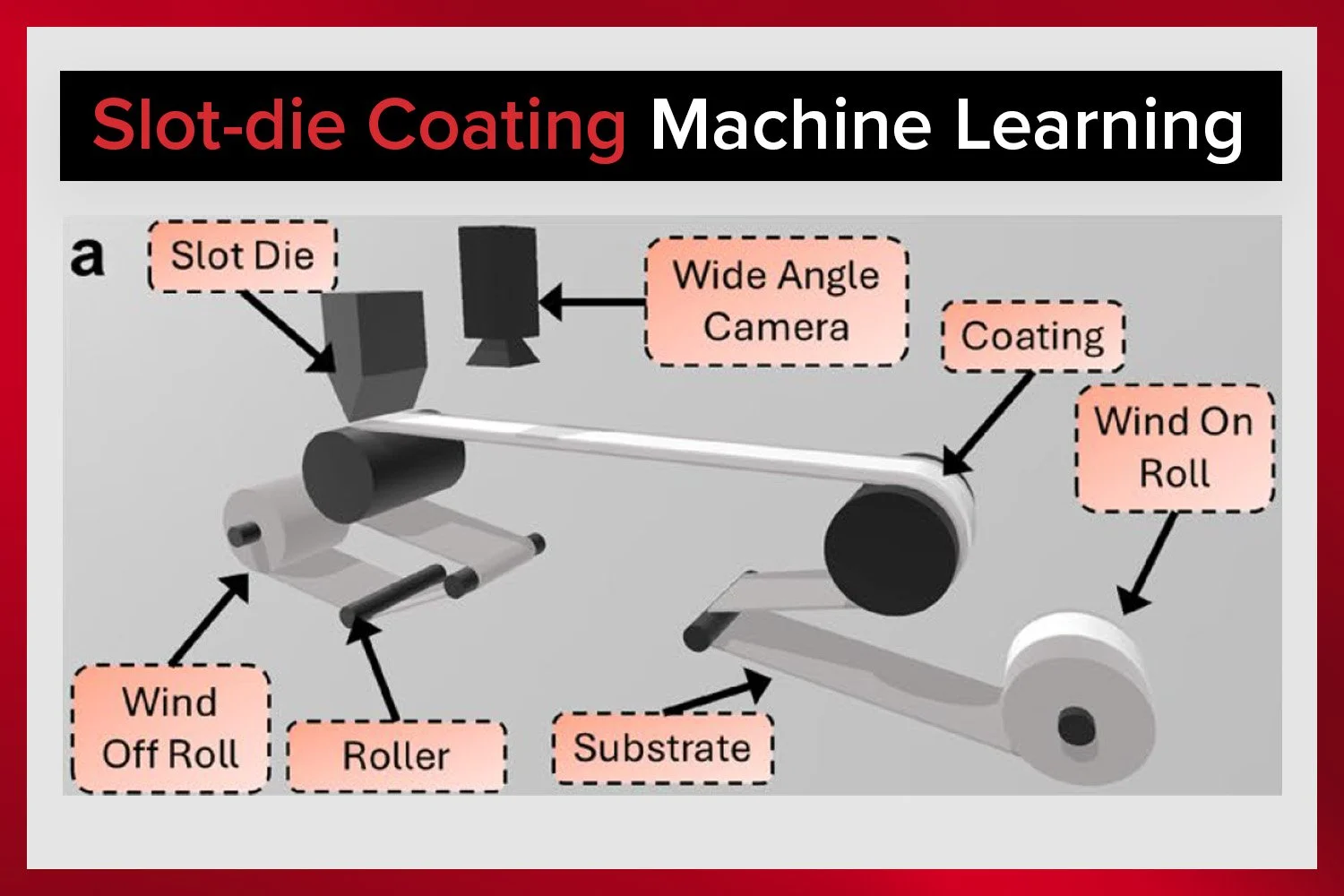


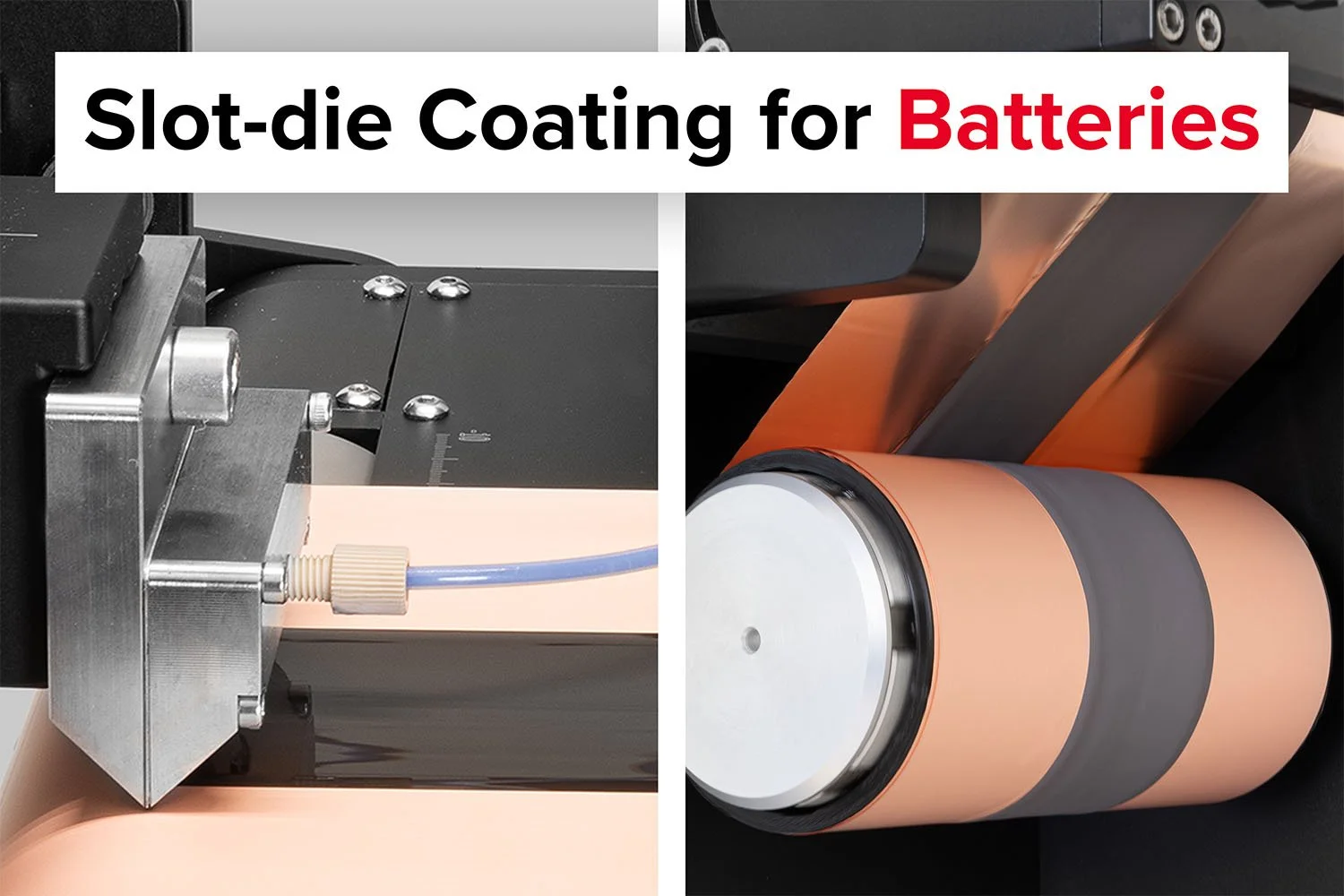




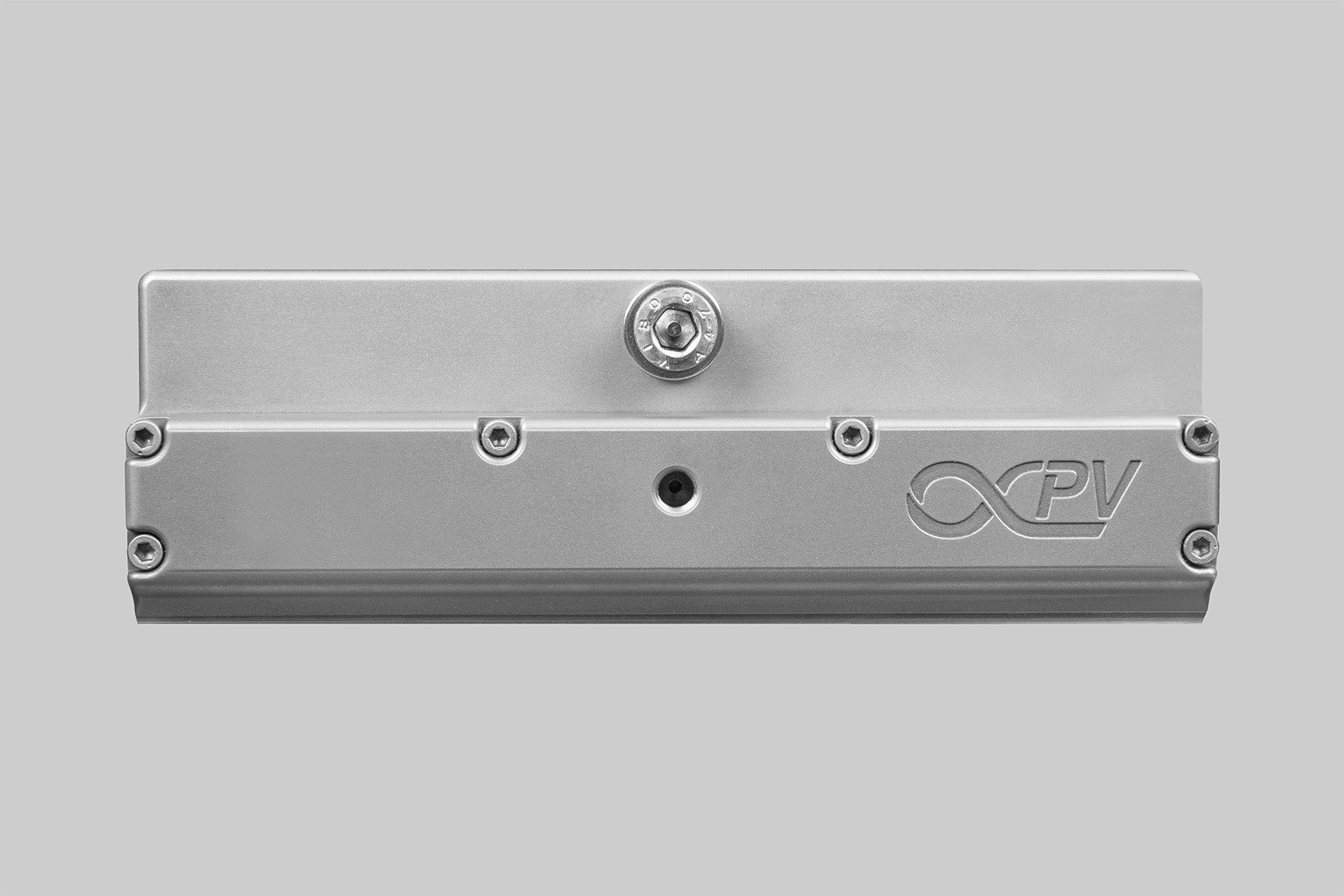

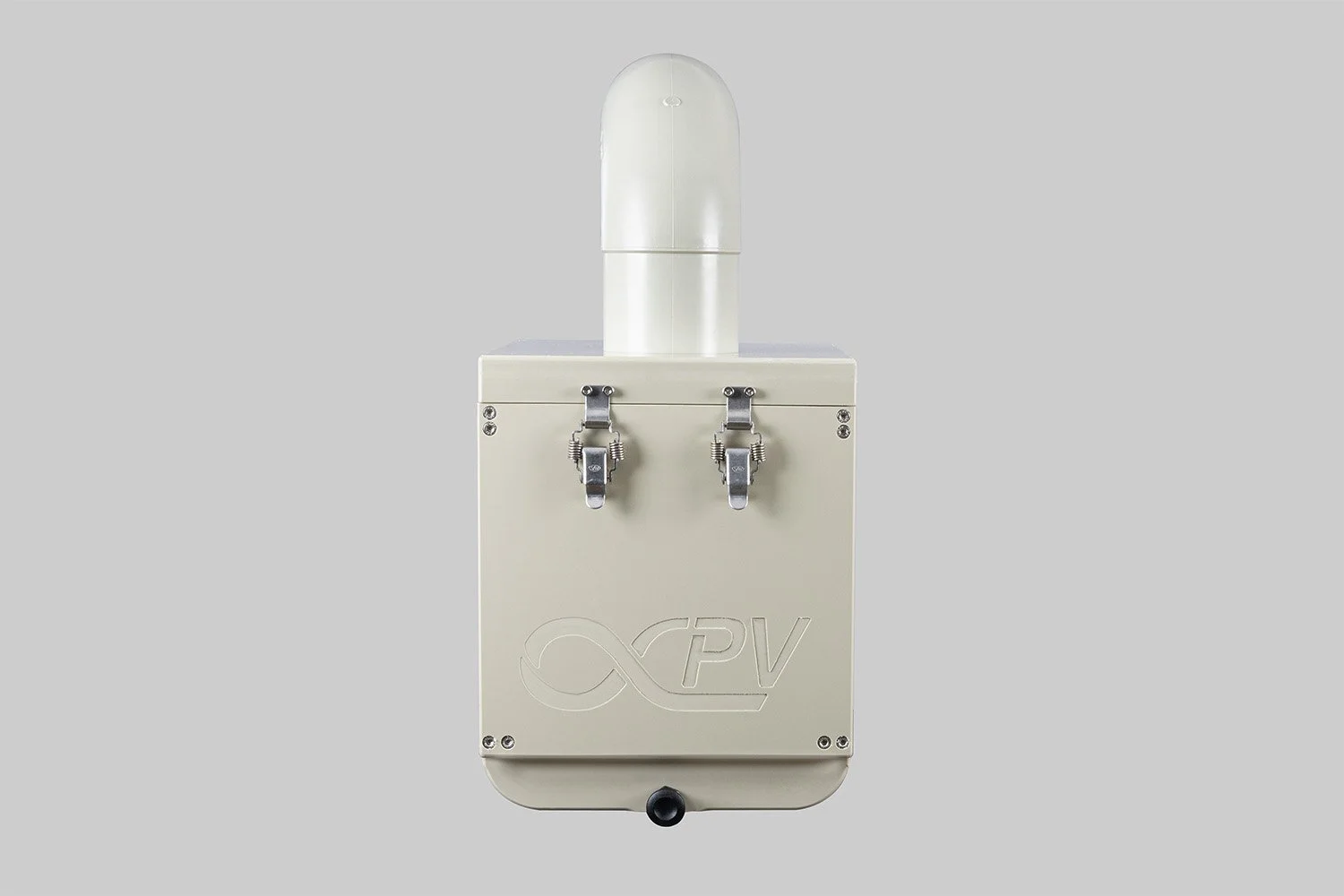


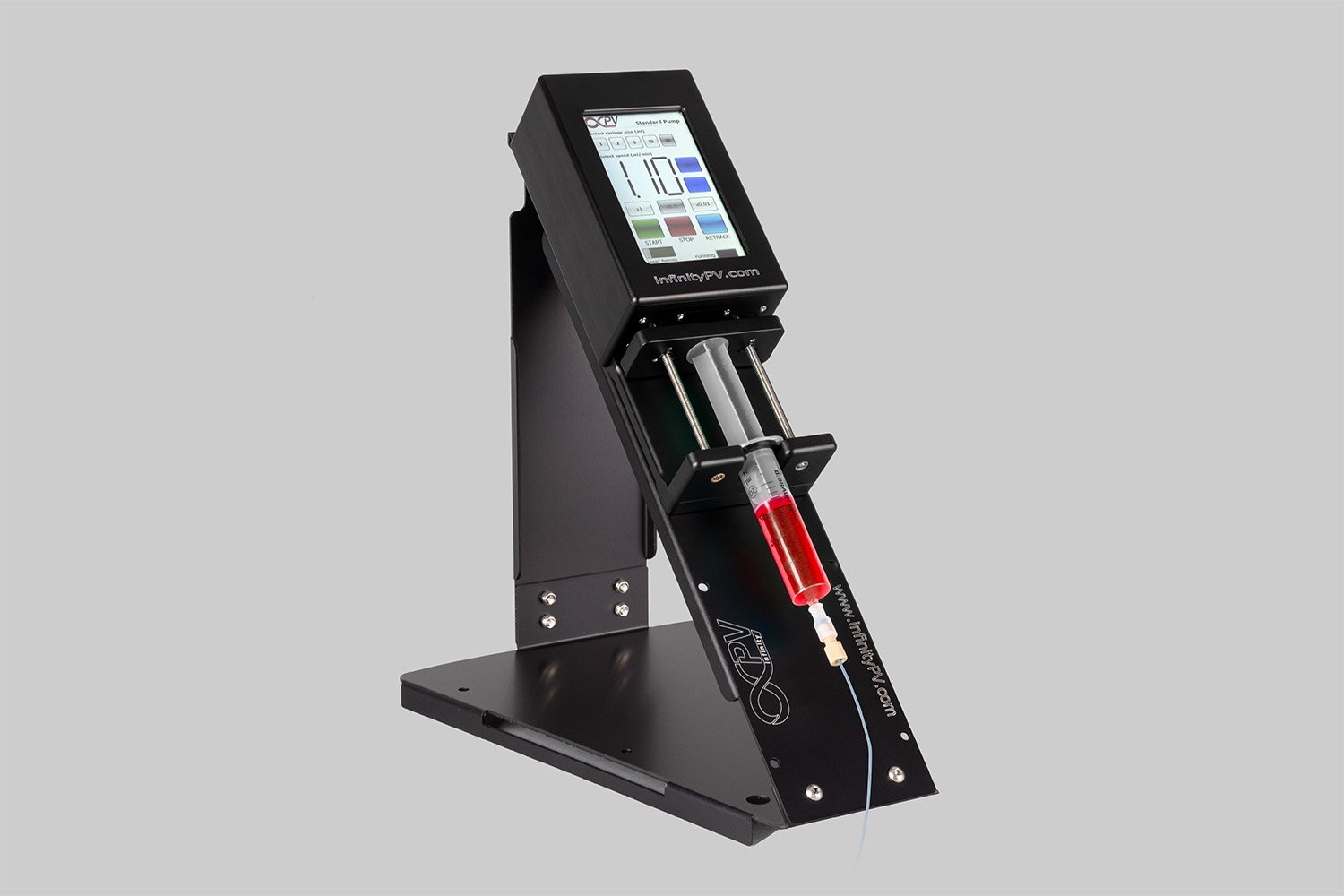
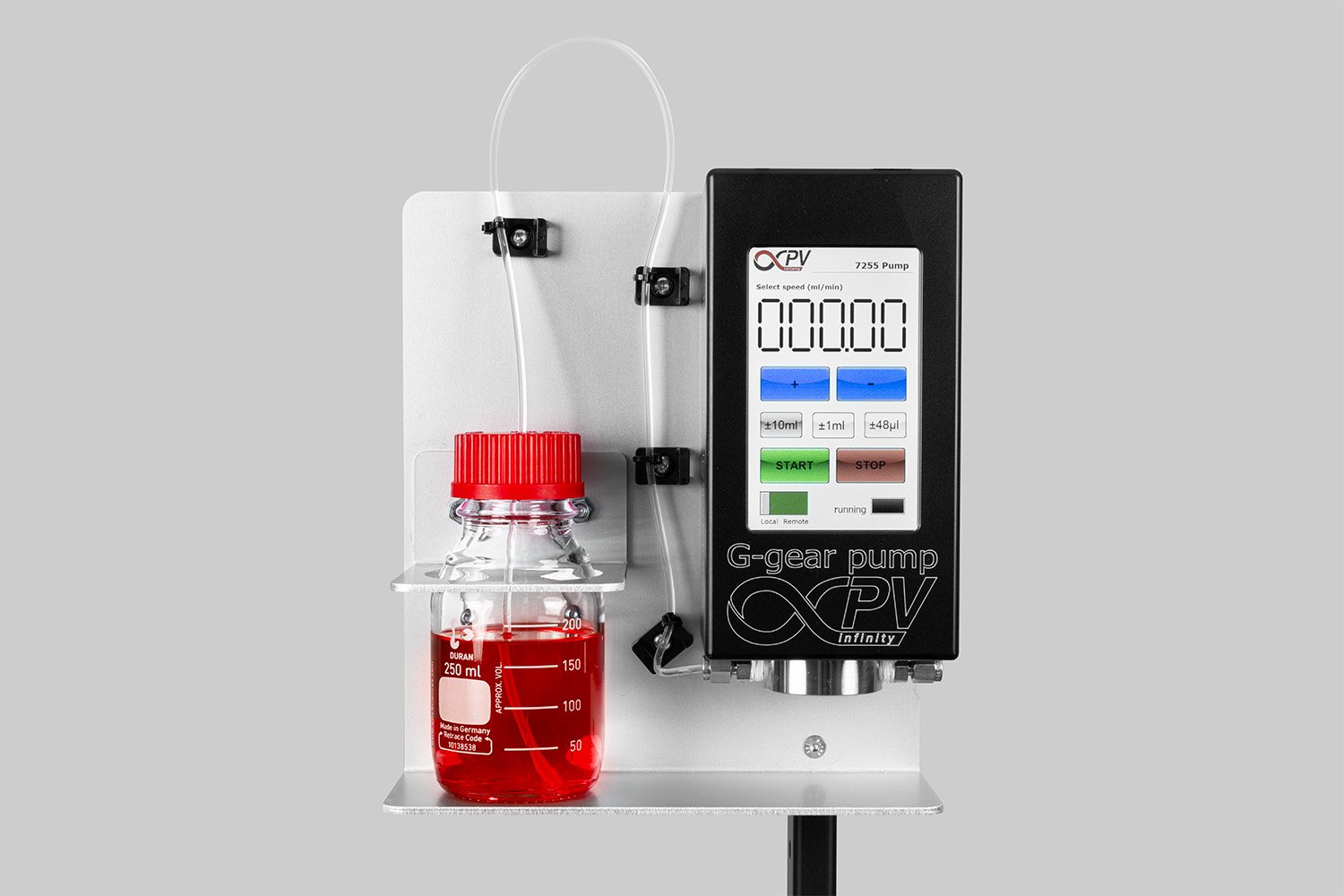


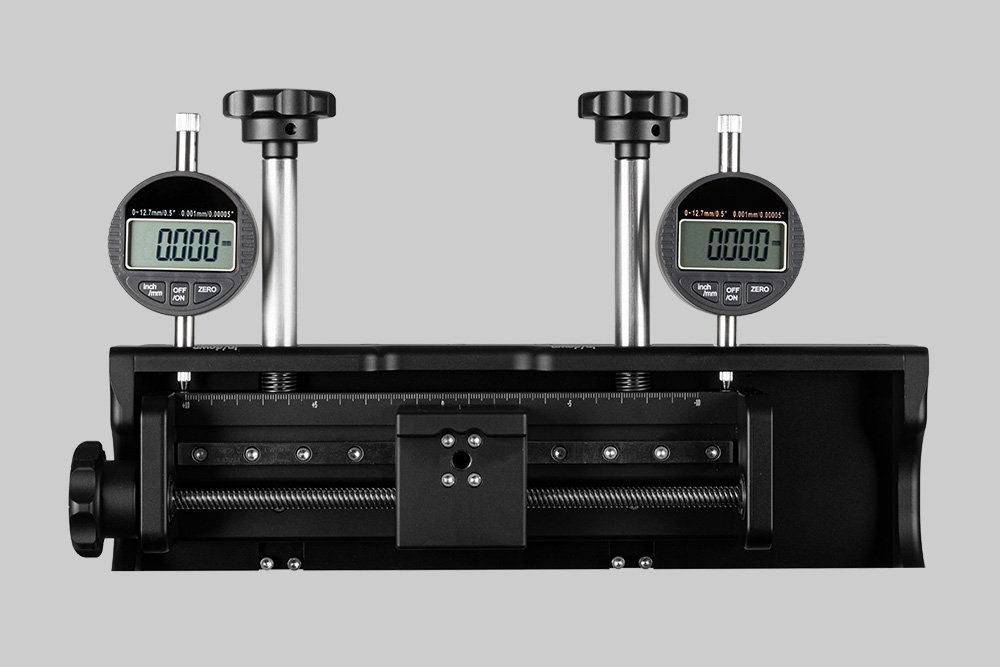
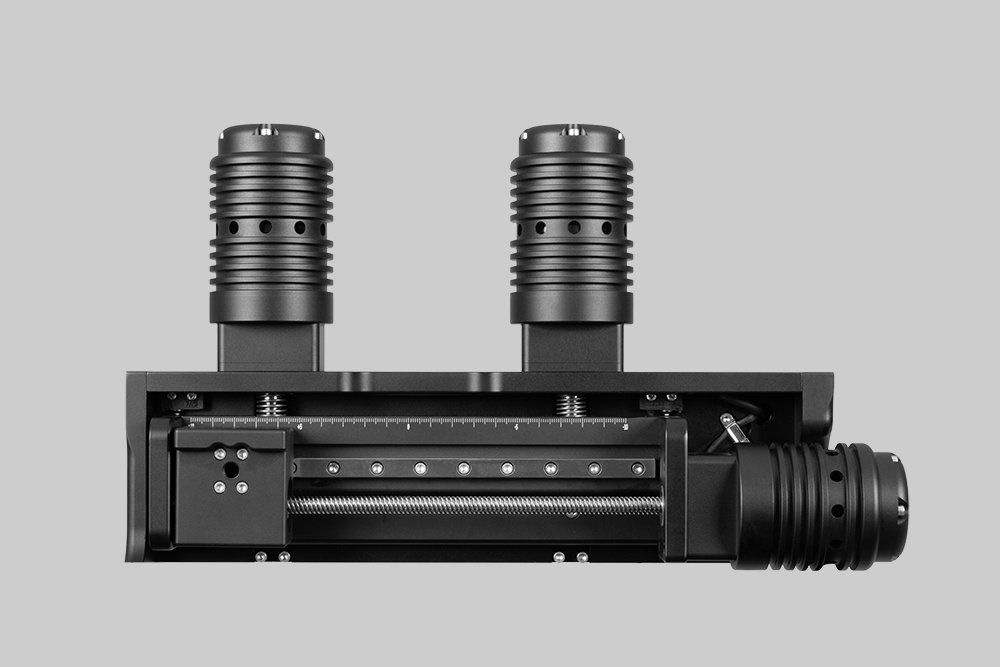
The SDC Battery Coater Pro is specifically designed for researchers dedicated to developing and optimizing battery materials. It facilitates a seamless transition from research to commercialization. View video.